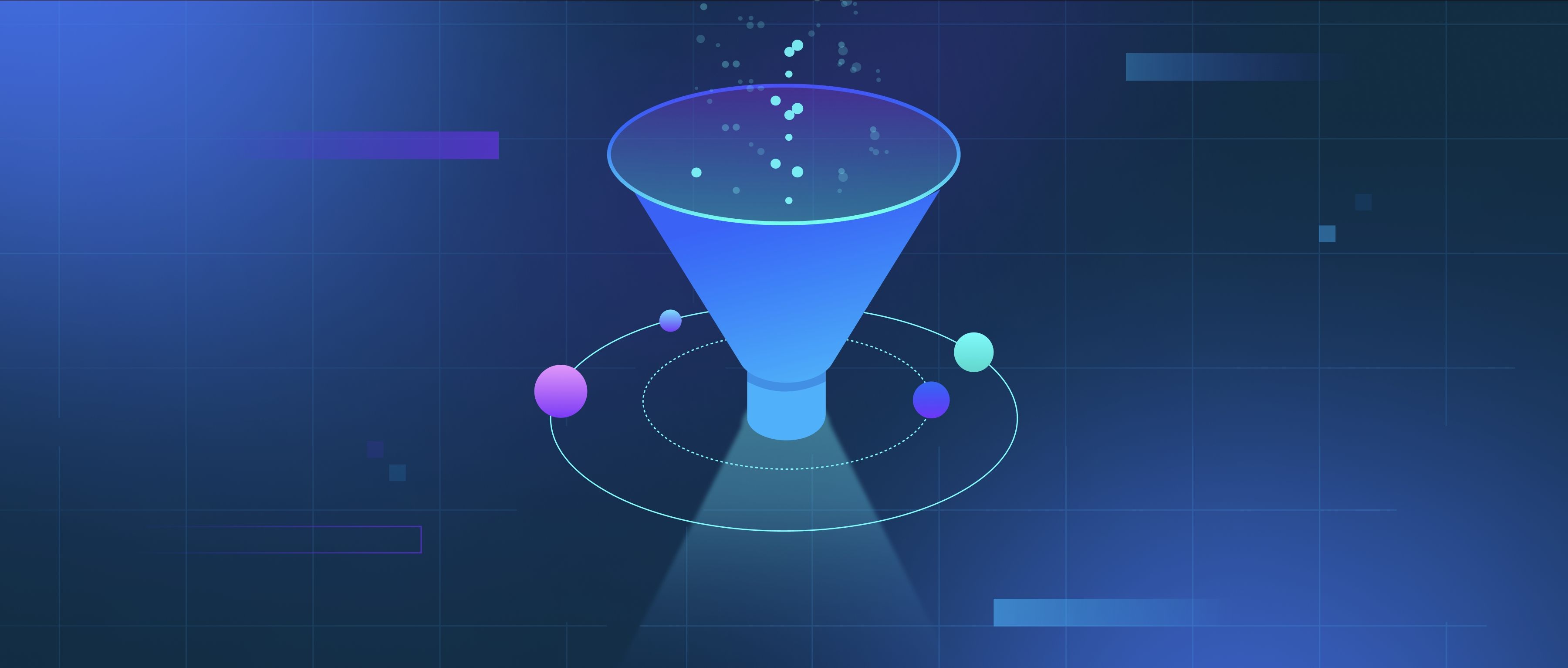Quantum coherence is fundamental to the functionality of quantum computers. At its core, quantum coherence refers to the ability of quantum bits, or qubits, to exist in a superposition of states, enabling them to represent multiple values simultaneously. This property allows quantum computers to perform complex calculations more efficiently than classical computers, which rely on bits that can only represent a single state (0 or 1) at any given time. The significance of maintaining quantum coherence lies in its role in ensuring that qubits can work together in a coordinated manner to solve problems that would be overwhelming for classical systems.
For a quantum computer to function reliably, it must preserve quantum coherence long enough for operations to take place. Loss of coherence, often due to interactions with the environment (a phenomenon known as decoherence), can lead to errors in calculations. For example, when qubits lose their coherent state, they revert to classical behavior and can no longer perform quantum operations like superposition and entanglement, which are essential for their power. Researchers and engineers must implement error correction techniques and develop materials or environments that minimize decoherence to maintain coherence among qubits. Failure to do so can drastically reduce the computational advantages of a quantum system.
In practical terms, quantum coherence is critical for applications in areas like cryptography, optimization, and simulation of quantum systems. For instance, a quantum computer capable of maintaining coherence can factor large numbers or quickly solve optimization problems that would take classical machines years. The ongoing research in improving quantum coherence techniques, such as using superconducting qubits or trapped ions, highlights its importance. In conclusion, the ability of qubits to maintain coherence directly impacts the reliability and performance of quantum computers, making it a central focus in the quest for practical quantum computing solutions.
